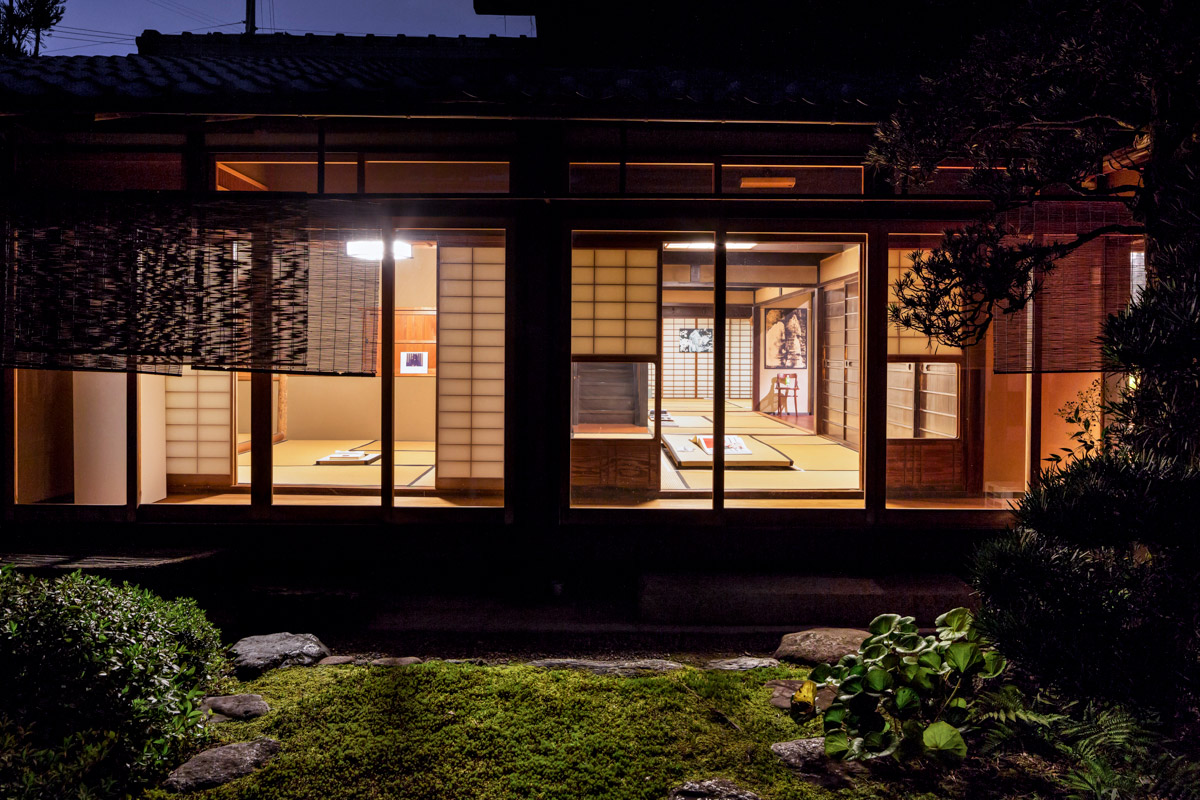
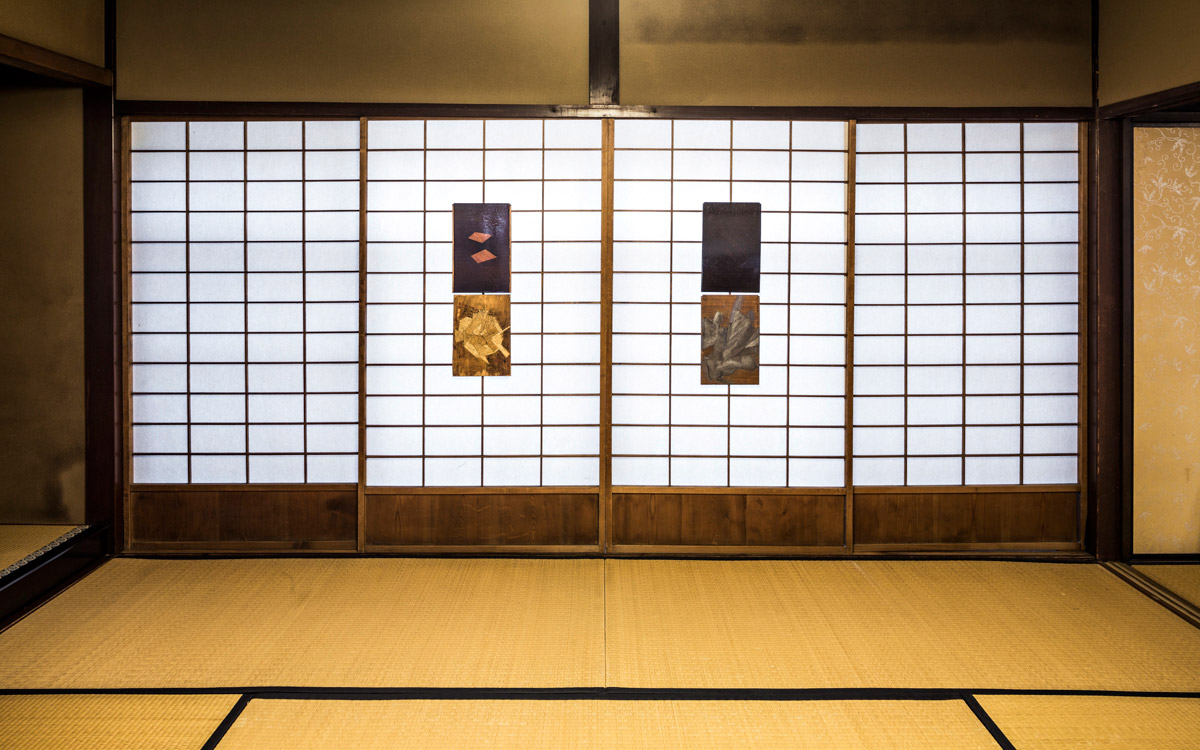

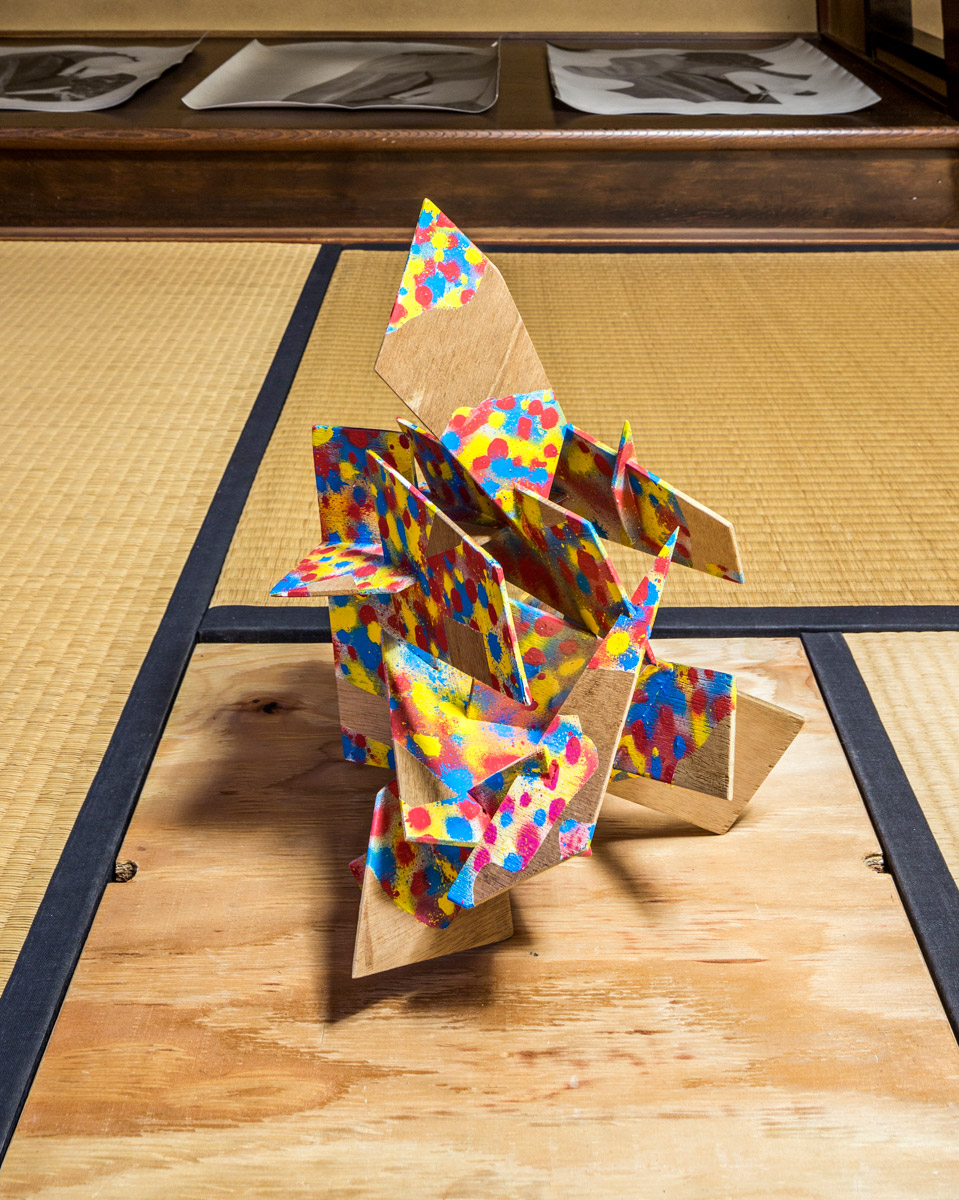
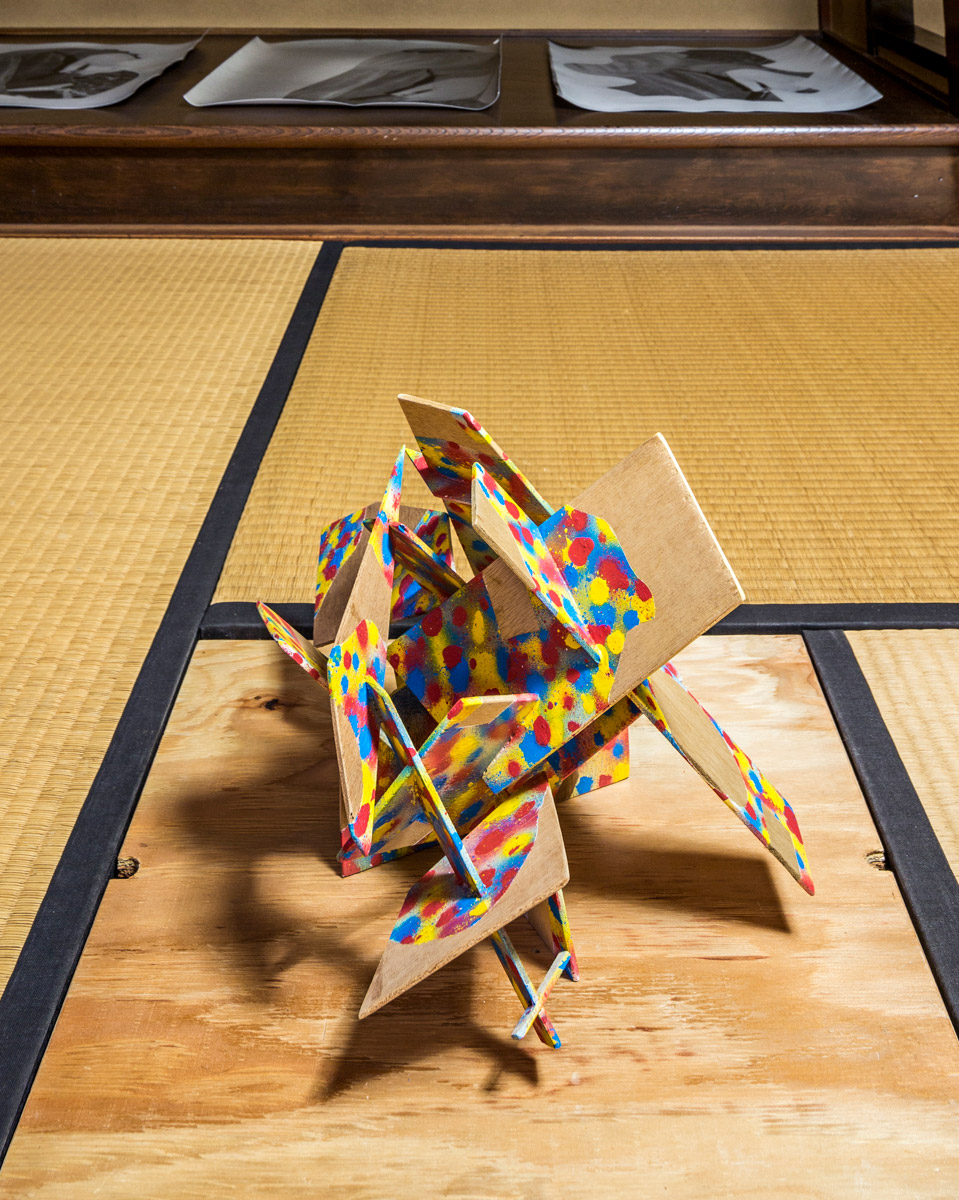
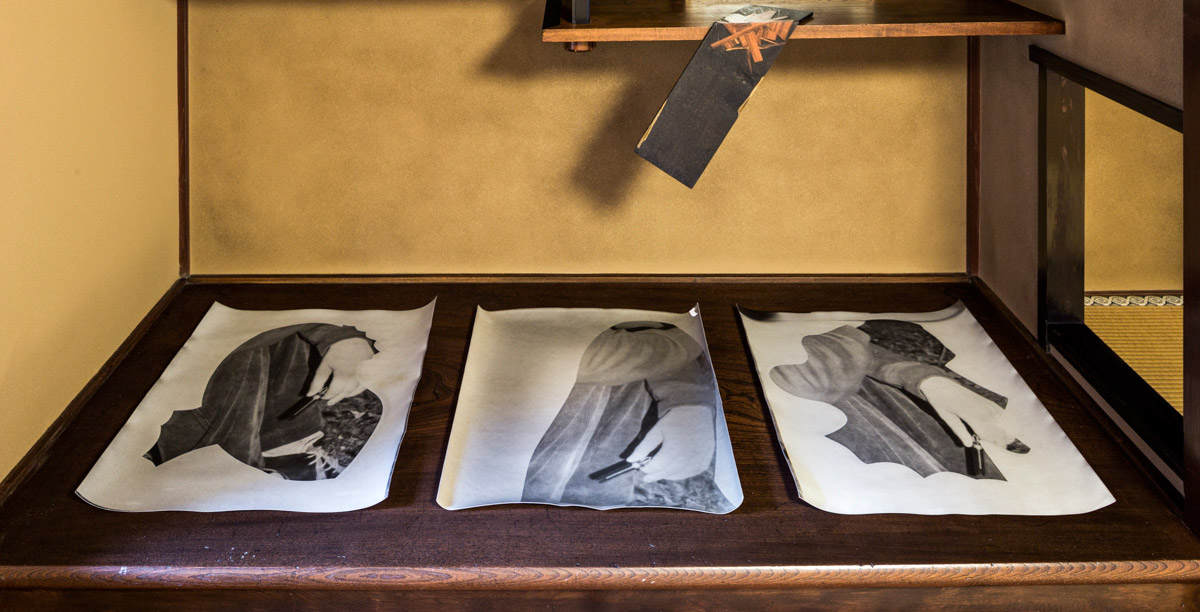
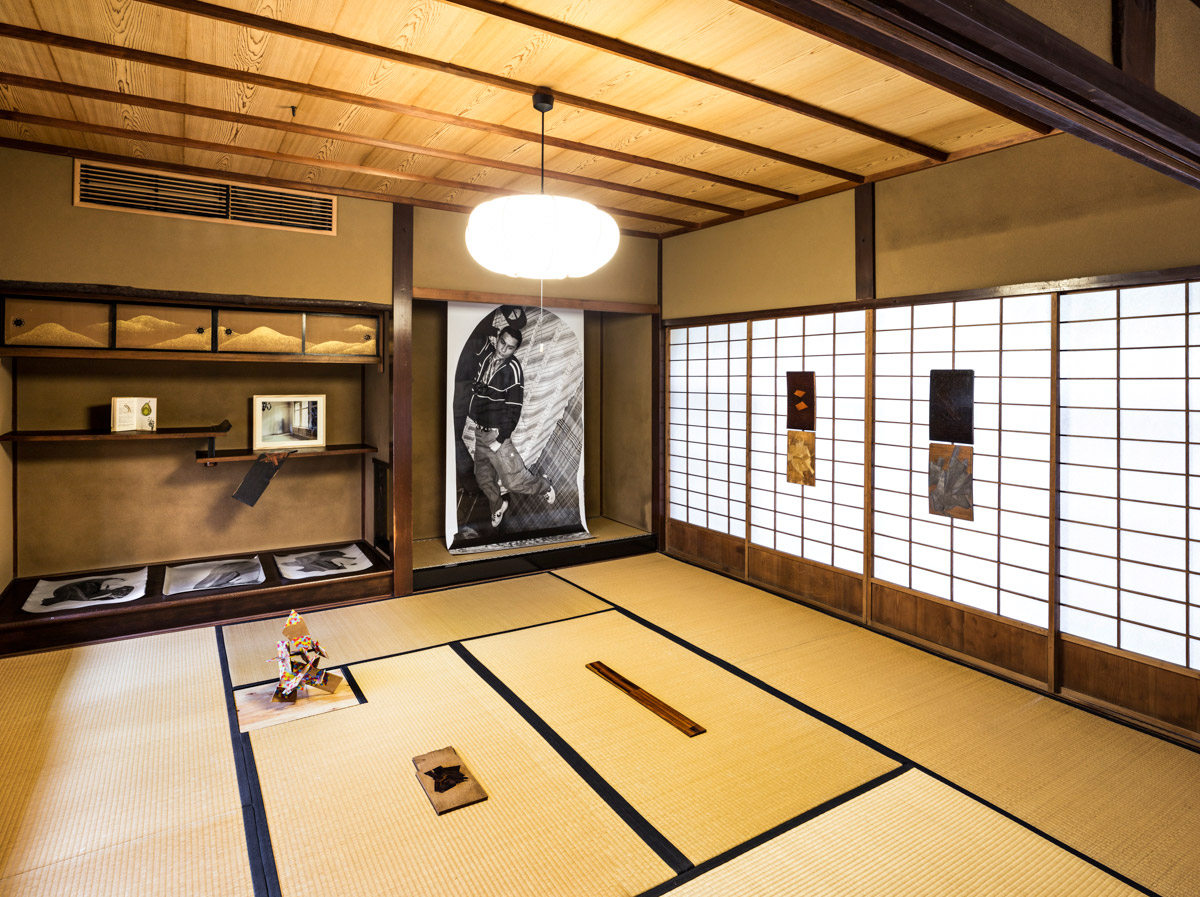
CzechCenter, Tokyo, Japan
12 Sept-25 Okt 2015
Contemporary artist/ Photographer. Born in Czech Republic,1983. Graduated from Academy of Arts, Architecture andDesign in Prague, 2010. Currently, faculty of Academy ofArts, Architecture and Design in Prague.
There are the juxtaposition of photographs, and three-dimensional works which combine fragments of scrap woodusing parquetry techniques. You see the difference at firstglance, common for the works of Peter Fabo, the two-dimensional and three-dimensional interchange showing aconcern for the displacement of recognition.
In the wooden three-dimensional works, by combiningfragments of scrap wood precisely, the artist hasreconstructed some plates with folds that are visible on aflat plate. What will happen when you try to manipulate realpieces of wood as you would cut and paste photos usingthe image editing software of a personal computer, suchas Photoshop, for creating a collage, or a similar operationin a two-dimensional planer? What will happen if it wererecomposed of physical material of three-dimensions as suchlayers of overlapping of non-material images? The work ofFabo was produced from these motives. Though physicallythere in one piece of a smooth plate, a displacement or faultof the wood grain can be seen. Each of the pieces of woodthat have been inlayed together emerges in the pseudo-three-dimensionality visible through optical illusions thatarise and perplex our recognition.
At the same time, it is a characteristic of Japanese sensibilityto find a new beauty in discontinuous continuity withcherishing old things and carefully handed down in life ashandwork. For example, parquetry, Kintsugi, the repairingof broken pottery with a mixture of gold on the surface ofbonding as decoration, tattered clothes (Boro) repaired withpatchwork using worn-out clothes.
On the other hand, in the photographic work Čujo, theportrait of a man lying on a bed is displayed perpendicularlyand rotated by 90 degrees. This creates dubious relationsamong his figure and bed, the figure and the floor. In concertwith the geometric patterns of clothes, the bedspreadand the carpet, visual intensity emerges as a result. Therecognition of "a person lying in a bed," is dissolved in theimage that there is a feeling of floating, and the property ofmonochrome photography accelerates it. Here, superficialityand fictiveness of the vision in the photograph areinvestigated through operations such as reducing the subjectto flatness.